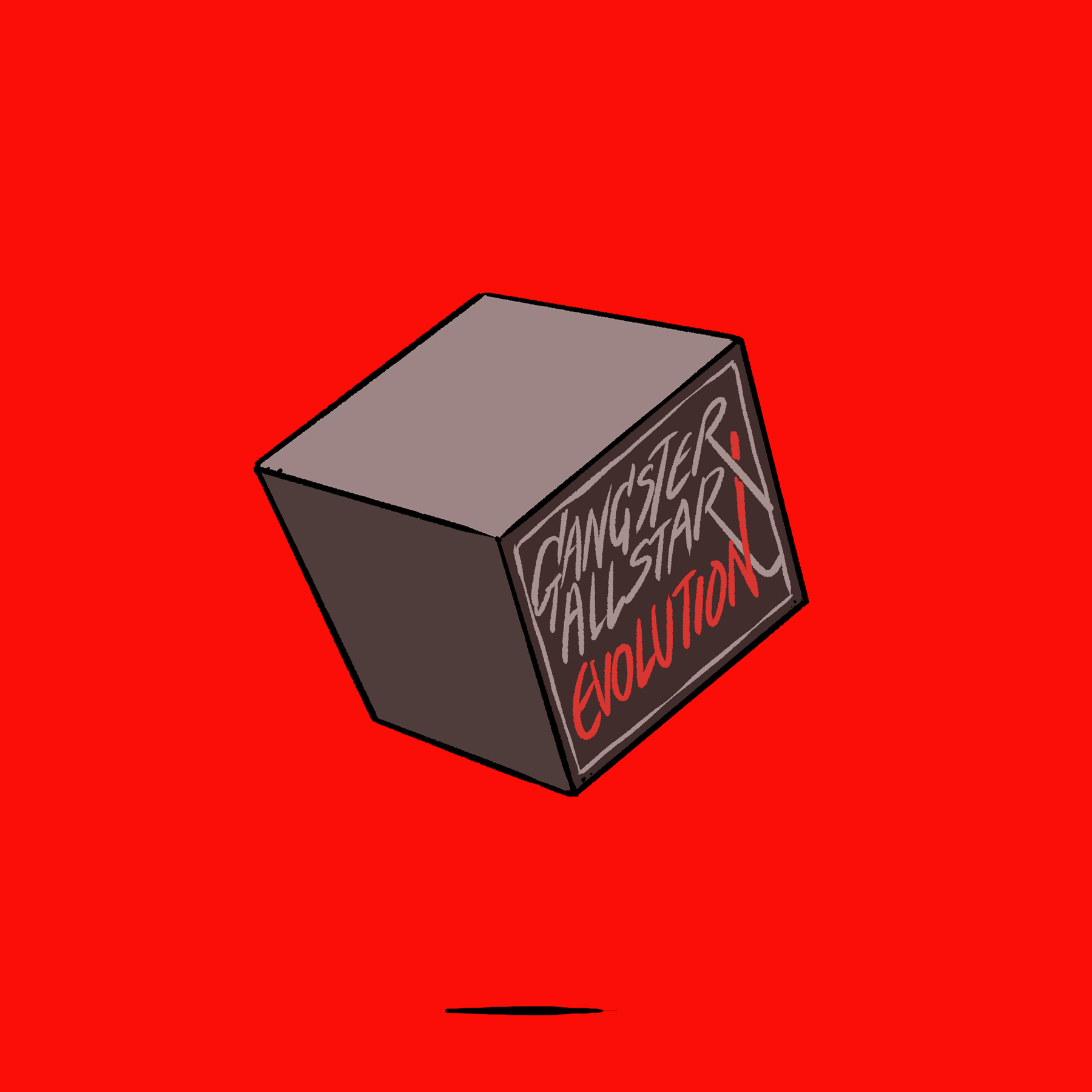Ronald McDonald, the beloved clown mascot of the global fast-food chain McDonald's, has long been associated with family-friendly fun, vibrant colors, and a cheery demeanor. However, in recent years, the internet has birthed a peculiar subculture that reimagines Ronald McDonald in an entirely different light: as a gangster. This unexpected twist on a well-known character has sparked curiosity and conversations across social media platforms, memes, and even pop culture. But what is driving this transformation, and why has it resonated with so many?
From his debut in the 1960s to his iconic status in the fast-food industry, Ronald McDonald has always been a symbol of joy and community. Yet, the "Ronald McDonald gangster" phenomenon flips this image on its head, presenting a satirical, sometimes edgy reimagination of the clown. This trend has become a creative outlet for artists and meme creators, injecting humor, irony, and social commentary into the character’s traditionally wholesome image. While it might seem like an odd pairing, this cultural mashup taps into a larger narrative about how society reinterprets icons in unexpected ways.
In this article, we’ll explore the origins, cultural impact, and deeper meaning behind the "Ronald McDonald gangster" trend. By diving into the evolution of Ronald McDonald’s public image, analyzing the artistic and social commentary embedded within the trend, and breaking down its reception among different audiences, we aim to shed light on why this quirky reimagination has captured the imagination of so many. Whether you’re a fan of memes, pop culture, or simply curious about how a fast-food mascot could turn into an internet gangster, this comprehensive guide has got you covered.
Read also:Inside The Laken Riley Trial Everything You Need To Know
Table of Contents
- Biography of Ronald McDonald
- The Origins of Ronald McDonald Gangster
- Cultural Impact of the Reimagined Character
- The Role of Social Media in the Trend
- Artistic Expressions and Meme Culture
- Why Ronald McDonald Was Chosen
- Symbolism in the Gangster Portrayal
- How the Trend Resonates with Audiences
- Corporate Response from McDonald's
- Psychological Aspects of Reimagining Icons
- Global Reception of the Trend
- Criticism and Controversies
- How Long-Lasting Is This Trend?
- Similar Transformations in Pop Culture
- Frequently Asked Questions
- Conclusion
Biography of Ronald McDonald
Ronald McDonald is one of the most recognizable mascots in the world, representing the McDonald’s brand since the early 1960s. As a clown dressed in a yellow jumpsuit with red-and-white striped sleeves and oversized red shoes, Ronald was created to appeal to children and families, promoting the idea of McDonald’s as a fun and welcoming place to eat.
Personal Details and Bio Data
| Full Name | Ronald McDonald |
|---|---|
| First Appearance | 1963 |
| Profession | Brand Mascot |
| Associated Brand | McDonald's |
| Character Traits | Cheerful, Playful, Friendly |
| Signature Look | Yellow jumpsuit, red wig, clown makeup |
| Purpose | To promote McDonald's as a family-friendly restaurant |
Ronald McDonald was first portrayed by Willard Scott, a television personality who donned the clown costume to promote McDonald’s restaurants in the Washington, D.C., area. Over the years, the character underwent several makeovers to modernize his appearance, but his core essence as a joyful and welcoming figure remained. The Ronald McDonald House Charities, established in 1974, further cemented the character’s reputation as a force for good, helping families with sick children access medical care and housing.
The idea of Ronald McDonald as a "gangster," however, is a stark departure from his original intent. At its core, this trend represents a playful, albeit irreverent, reinterpretation of an iconic figure. To understand how this phenomenon came to be, it’s essential to look at the context in which it emerged and the cultural forces driving it.

